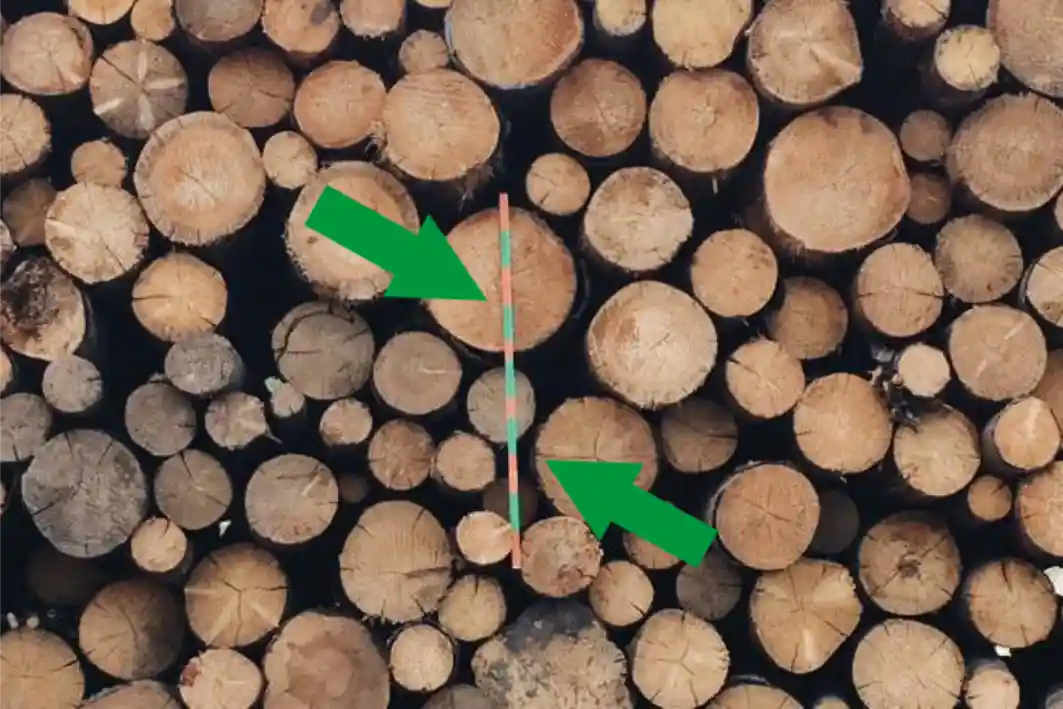You: So I just need a reference in a pile and know the precise length of it, don’t I? Timbeter’s Team: Yeah, but you need to know a couple of points that you should be cautious about.
There are always causes and effects. If you failed in getting correct results on measurement, it means that there are some reasons behind it. On the other hand, given that you succeeded in gaining the accurate results, you did it in a right way. (In case you are unsure about the reference, you may check it here before reading this article.)
The reasons why we are writing concerning this point is because we have got reviews from some Japanese users’ analyses on it. According to them, the results by placing the reference vertically differed from those by doing in parallel.
This article proves that such problems shouldn’t happen if a reference is placed correctly and provides you with some tips and notes concerning positioning references to get accurate results.
-
Horizontally vs. Vertically
Some people have only too long reference sticks compared to their piles to place them vertically so they place the sticks horizontally. Others may have relatively suitable-length references for their piles so that they can place those references vertically.
However, whether you place your reference vertically or horizontally actually doesn’t really matter. What you should be careful at this point is that you have to be in parallel towards the device. -
It’s Right, so It’s Okay
Ultimately speaking, there is no difference between placing a reference vertically and doing it horizontally as long as you are doing in a right way. Therefore there are no data of such differences.
The vertical position – very beautiful

The horizontal position – very beautiful too and no different result from the above one, is it?

The backward/forward-tilting position – leads inaccurate results so please be prudent
-
Long References
In case you have only a too long reference (stick), you may mark at the point of, for instance, one meter. (However, you should bear in mind that marking can bring you results with mistakes more straightforwardly since, for example, you possibly miscount bars on your reference stick.)
Then you may place it horizontally (or vertically). You also may tilt it left or right if necessary. (Not backwards or forwards – apparently it affects the accuracy of your results and lead unexpected ones.) It might take some time but let’s try to find the best position for your reference and get used to it. What you need to be cautious here is, again, that the reference must be in parallel towards your device. -
With the Help of Mother Earth
The vertical position of the reference is simply the most common way. Besides, if you have a measurement tape, you’re lucky because it can be easier to place it vertically in a natural way. Unfortunately you’re not in space but on the earth, and yet let’s appreciate the gravity because it helps your measurement tape keep straight and the tape is just hanging from your log. Amazing.
Did you get the points that you should be careful about? If it’s still unclear or you have some other inquiries, please don’t hesitate to contact us!
